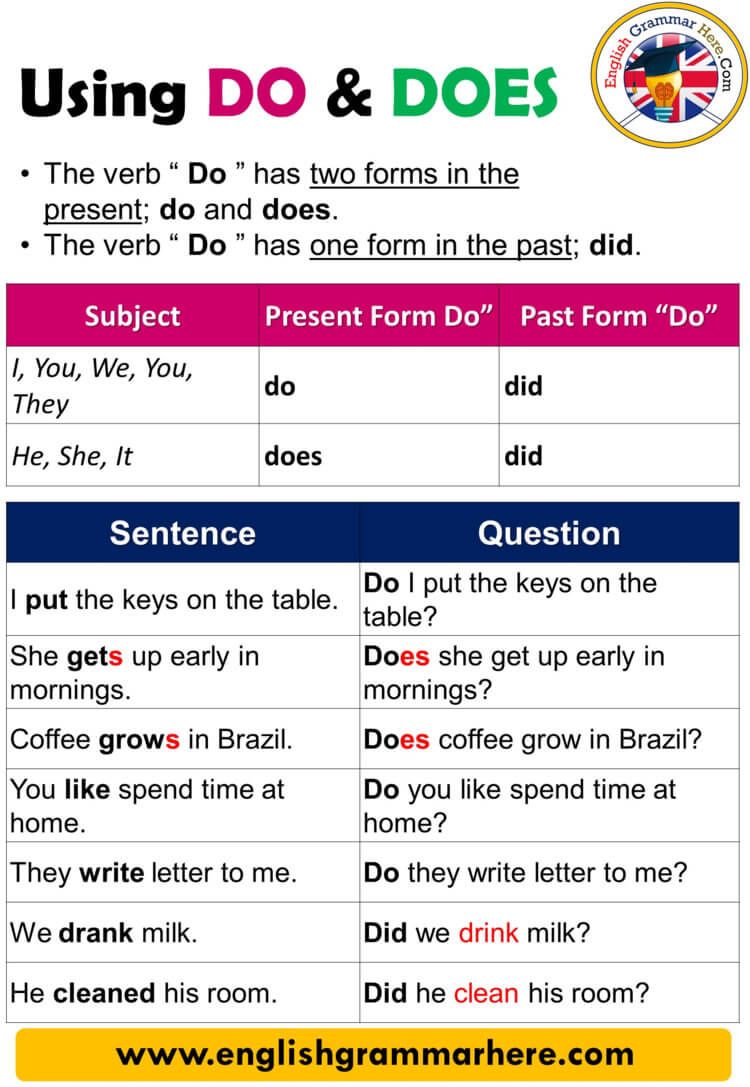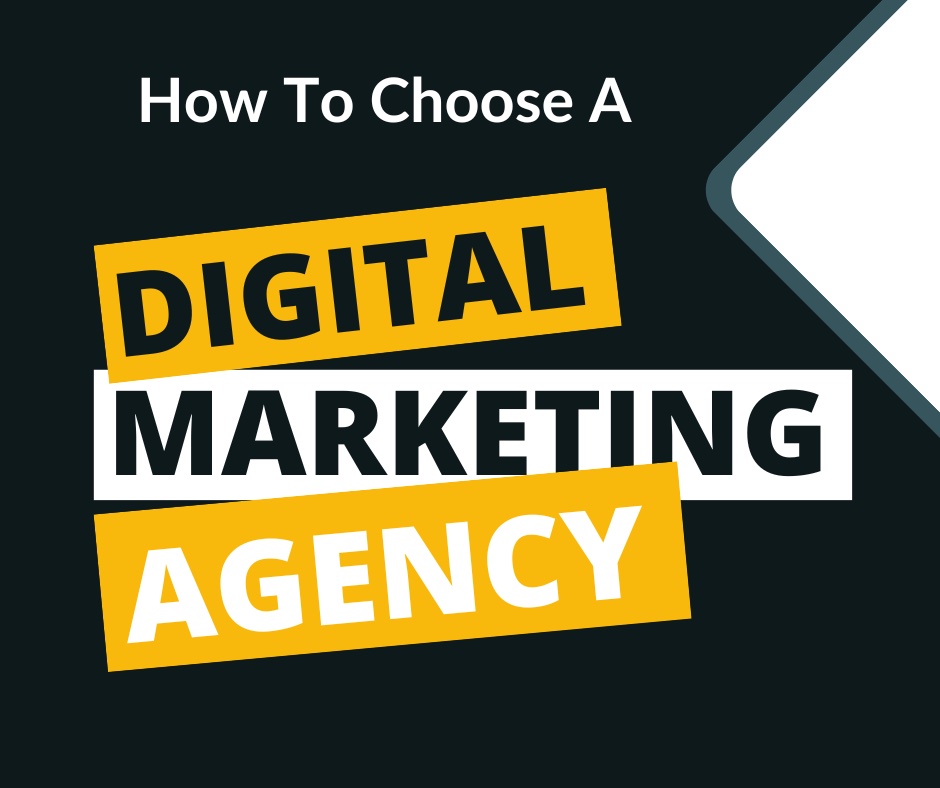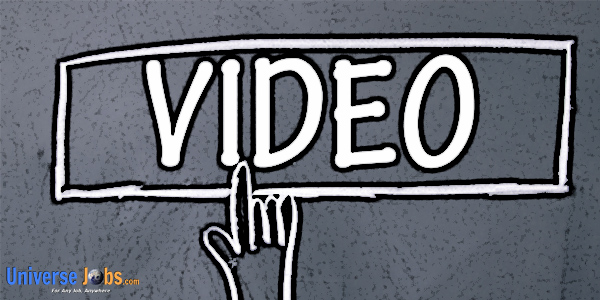Crafting an Experiential Marketing Strategy: Step-by-Step Guide for Maximum Engagement
Introduction to Experiential Marketing
Experiential marketing is a dynamic approach that transforms passive consumers into active participants through immersive, memorable experiences. Unlike traditional advertising, which broadcasts a one-way message, experiential marketing facilitates two-way interactions, building emotional connections and lasting brand loyalty [1] . Successful experiential campaigns can take many forms, such as pop-up events, product demos, virtual experiences, and collaborative activations, each designed to engage the senses and foster personal relationships between brands and their audience [2] .
Step 1: Define Clear Objectives and Audience
Begin by establishing what you want your experiential marketing strategy to achieve. Common objectives include brand awareness, lead generation, customer loyalty, data collection, or direct sales. It’s crucial to identify your ideal audience, their preferences, and behaviors to tailor the experience effectively [1] .
For example, KLM Royal Dutch Airlines targeted travelers with long layovers, offering them unique city experiences through a dedicated app and local partnerships [3] . This specificity ensured the campaign addressed real pain points and resonated with a well-defined segment.
Implementation Steps:
- Conduct market research and analyze current customer data.
- Develop persona profiles to guide experience design.
- Set measurable goals (e.g., number of leads, event attendance, social engagement).
Alternative Approach: Some organizations use qualitative feedback from existing customers and focus groups to refine their audience targeting before launching full-scale campaigns.
Step 2: Conceptualize the Experience
Design an experience that aligns with your brand values and resonates with your audience. The best experiential marketing campaigns are relevant, authentic, and surprising. Consider both physical and digital touchpoints-hybrid events often maximize reach and impact [2] .
For instance, Visit Arizona created a virtual reality campaign that allowed potential visitors to explore the state’s attractions digitally, which resulted in 1.7 million ad-influenced trips and over $4 billion in revenue generated [3] .
Implementation Steps:

Source: fity.club
- Brainstorm experience concepts that are interactive, engaging, and memorable.
- Choose the format: live event, pop-up, virtual experience, or collaborative activation.
- Ensure the experience communicates your brand’s key messages.
Alternative Approach: Use co-hosted events with complementary brands-such as House of Vans pop-up skate parks- to expand reach and tap into shared audiences [4] .
Step 3: Plan Logistics and Resource Allocation
Successful experiential marketing requires careful logistical planning and resource management. Identify the venues, digital platforms, staffing needs, technology requirements, and partners or sponsors. Develop a detailed project timeline and contingency plans for unforeseen challenges.
Challenges include budget constraints, vendor reliability, and compliance with local regulations. Solutions might involve negotiating with multiple suppliers, leveraging existing brand assets, or running pilot activations before scaling.
Implementation Steps:
- Secure venues and necessary permits for physical events.
- Select and train staff for customer engagement roles.
- Coordinate with technology providers for digital experiences.
- Develop a comprehensive budget, including risk buffers.
Alternative Approach: For smaller organizations, virtual events or pop-up collaborations can reduce logistical complexity and costs while still delivering high engagement.
Step 4: Integrate Data Collection and Measurement
One of the greatest advantages of experiential marketing is the ability to collect valuable data and insights directly from engaged participants [1] . Measurement is critical-track metrics such as event attendance, social media mentions, lead capture rates, and post-experience surveys [2] .
For example, using experience-specific hashtags and landing pages allows brands to quantify engagement and optimize future campaigns.
Implementation Steps:
- Set up digital registration forms and feedback surveys.
- Use QR codes or NFC tags for seamless lead capture and tracking.
- Monitor social media channels for real-time engagement analytics.
- Analyze post-event data to refine future strategies.
Alternative Approach: For purely offline activations, use manual headcounts, paper surveys, and direct participant interviews to gather insights.
Step 5: Execute, Promote, and Engage
Launch your experiential marketing campaign with a strong promotional plan. Use email, social media, influencer partnerships, and press outreach to maximize attendance and buzz. During the event, ensure staff are trained to engage visitors, answer questions, and capture leads.
Challenges may include low attendance or technical issues. Solutions include advance RSVPs, real-time troubleshooting, and backup engagement activities.
Implementation Steps:
- Promote the experience across multiple channels and platforms.
- Leverage influencers or brand ambassadors to amplify reach.
- Offer incentives such as product samples, exclusive access, or contests for active participation.
- Facilitate post-event follow-up and nurture leads through personalized communications.
Alternative Approach: For limited budgets, partner with local organizations to co-market the event and share promotional resources.
Step 6: Review, Optimize, and Scale
After the campaign, evaluate results against your original objectives. Gather feedback from participants and stakeholders to identify areas for improvement. Document lessons learned and develop a playbook for scaling successful experiences to new markets or audiences.

Source: minuteschool.com
Challenges can include interpreting ambiguous data or deciding which elements to scale. Consider running post-event workshops or team debriefs to refine your strategy.
Implementation Steps:
- Hold review meetings to analyze outcomes and ROI.
- Solicit detailed feedback from participants and partners.
- Update your strategy documentation with learnings and best practices.
- Plan for future campaigns with an eye on innovation and continuous improvement.
Alternative Approach: Engage external consultants or agencies for an objective analysis and recommendations for scaling.
Accessing Resources, Services, and Support
If you need professional support, many established marketing agencies offer experiential strategy design, execution, and measurement services. For example, Amazon Ads provides managed solutions for creative strategy and campaign optimization; you can request services via their official website [2] . Alternatively, search for “experiential marketing agencies” in your region or consult your local business chamber for vetted recommendations.
For those seeking inspiration, review case studies on reputable marketing blogs or industry publications. Attend trade shows, webinars, and workshops to network with experts and learn emerging best practices.
Summary and Key Takeaways
Writing an experiential marketing strategy involves clear objectives, creative experience design, precise planning, robust data collection, dynamic execution, and continuous optimization. By following these steps and tailoring your approach to your brand and audience, you can build campaigns that foster emotional connections, generate leads, and deliver measurable impact. Always rely on official sources or well-established agencies when seeking support or guidance.
References
- [1] Limelight Platform (2025). What Is Experiential Marketing? Examples and Strategy Insights.
- [2] Amazon Ads (2021). Experiential Marketing: Definition, Strategy, and Measurement.
- [3] Xola (2025). Experiential Marketing: Definitions, Case Studies, and Best Practices.
- [4] Kaltura (2024). 5 Real-Life Examples of Experiential Marketing.
MORE FROM dealhole.com













